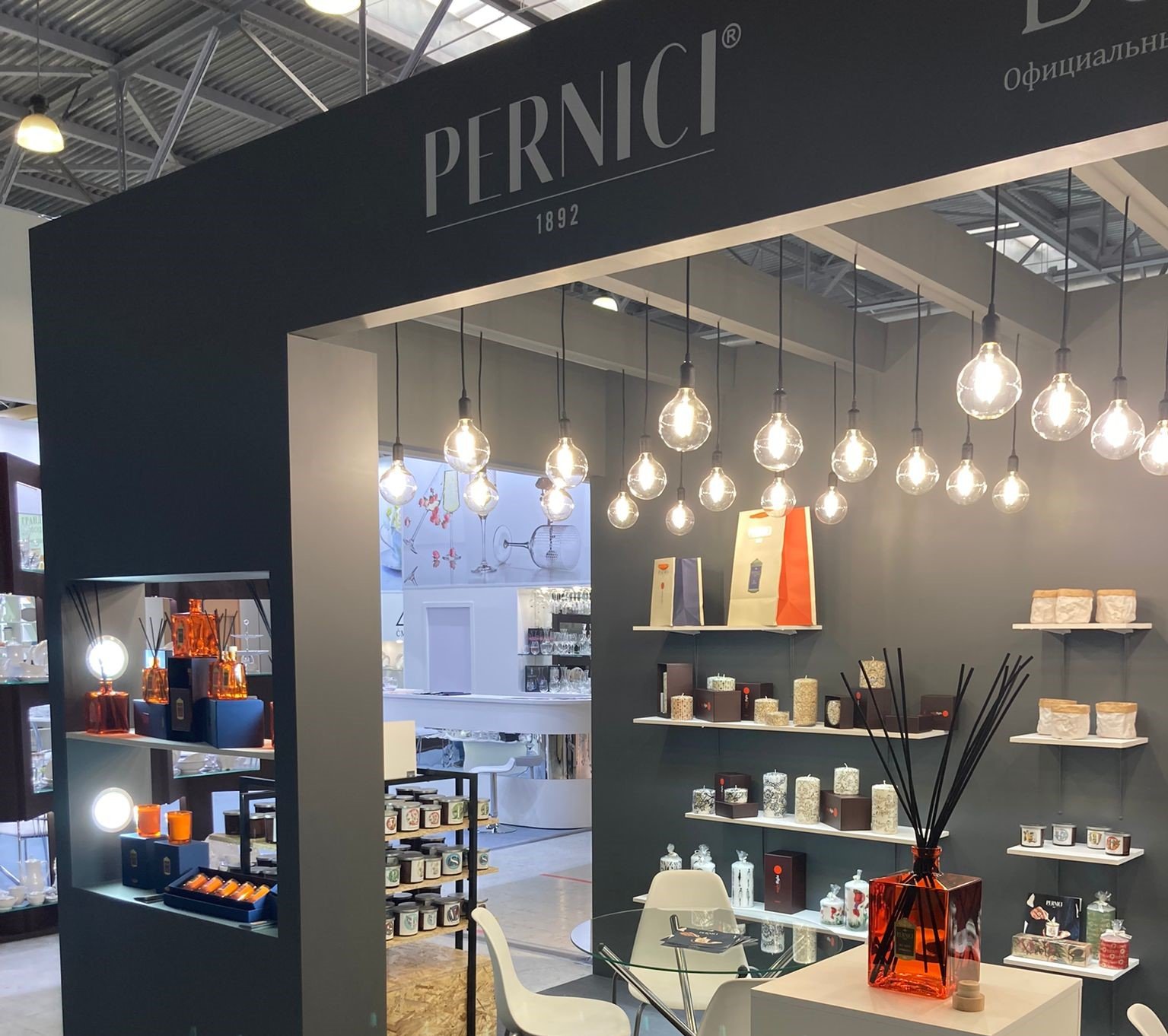Cera (in English Wax) four letters to say something eternal. Did you know that wax has been around for a very long time?
From the candles of the Etruscans to the candles of Versailles, which were placed next to mirrors to increase the light, beeswax was mainly used by the rich because of its high cost of production.
Beeswax also burned more slowly and, as well as illuminating, gave off a pleasant honey smell.
In 1850 it was discovered that paraffin, made from petroleum by-products, was suitable for candle production because it was cheaper than beeswax or tallow and gave off a brighter, purer light.
This is why 90% of candles on the market today are made of paraffin wax.
But how many and what types of wax are there?
Cera, A to Z
Any substance that meets these parameters can be called wax:
- Malleability at room temperature
- Low melting point (around 45°C);
- Relatively low viscosity after melting;
- Insolubility in water;
- Hydrophobicity.
So how many types of waxes are there? We can distinguish between two major groups, natural waxes and artificial waxes, but only the former include those used in candle production.
Natural waxes include: waxes of animal origin, such as the aforementioned beeswax, waxes of vegetable origin, such as palm or soy wax, and waxes of mineral origin, such as paraffin.
Paraffin explained
Paraffin is a by-product of the production process of fuels and lubricants, so it is linked to oil refining.
It is also an extremely stable substance that does not react with any chemicals; the environmental impact of paraffin is practically zero.
Paraffin appears as an odourless, colourless oil but can also be solid or powdered. It is highly valued for its well-known emollient properties and is used to make cosmetics, baby creams and… chewing gum!
When is it of quality? When it is pure, i.e. when its melting point varies from 44 °C to 60 °C and its free oil content is greater than 1%; the weight of the paraffin can also indicate its durability.
Cereria Pernici only relies on paraffins that comply with the current RAL mark, which goes beyond the standards and legal requirements because it covers many other aspects such as environmental protection, safety, cost-effectiveness and durability. These certifications, which are public, offer a high standard of transparency and protection for the end consumer.
The continuous research that takes place in the Pernici laboratories gives the public collections that are always new and designed to give you real olfactory treasures.
Cereria Pernici plant waxes
Vegetable waxes, much sought after in recent years, can only be considered organic when the entire supply chain is organic: from the soybean fields to the materials used by the wax-maker, including fragrances and wicks.
Speaking of fragrances, vegetable waxes maintain fragrances very well and make them survive for a long time, even if they can only be used for filled candles (think of glass candles) because of their malleability.
Finally, vegetable waxes require careful and skilful craftsmanship.
It is not by chance that Pernici has chosen soy wax for the Les Sens collection, created to offer a total sensorial experience: the vegetable waxes used are free of animal by-products and always ensure the best combustion, the longest life and total non-toxicity; the wicks can be in pure cotton, lead and nylon free, or in wood, while the essences and natural aromas are chosen with great care.
All to enhance the atmosphere of the room.
We have always paid attention to the environment and its well-being, it is one of our core corporate values, and we call it a green instinct.
Find out more here > https://www.pernici.it/il-brand/



